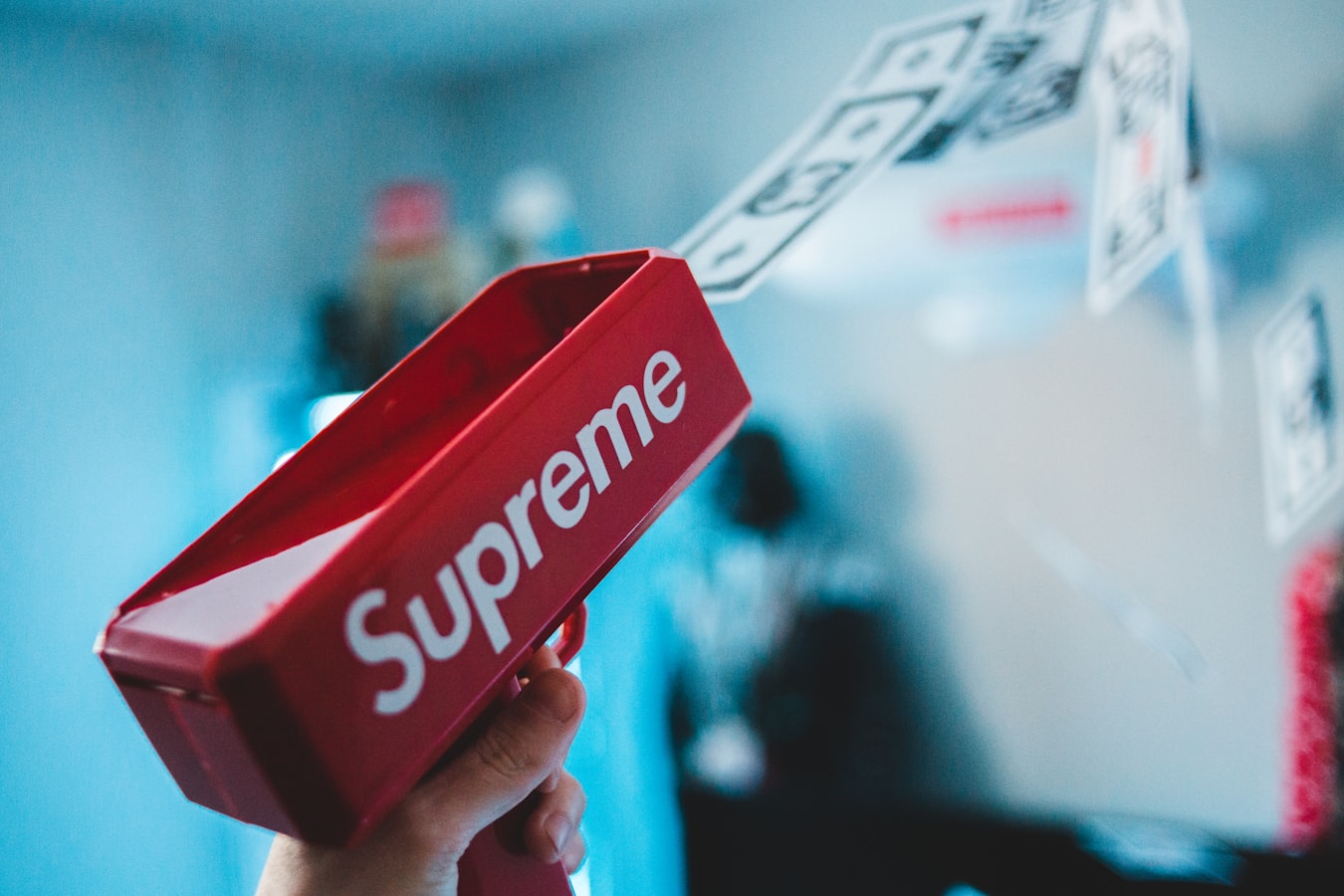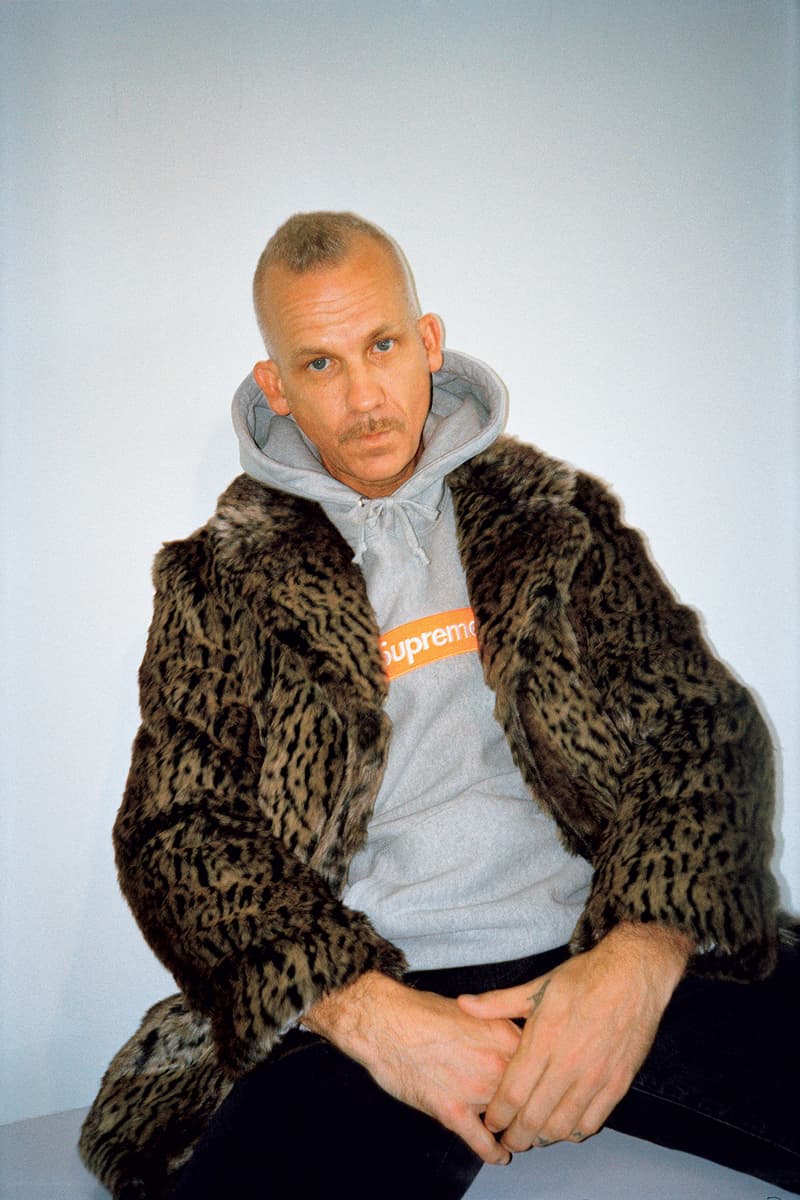How To Sell Merch Like A Boss

In the current music world, merch can separate you from the crowd real fast. And, potentially be more lucrative for your career than most other sources of income, too. Look at Kanye West and how he built Yeezy into a billion-dollar empire. Before you mention it… Yes, he did have an established brand before launching his sneakers, but his style is what captured the world by surprise and reinvented how we view fashion.
1. Limited Is King
If you know a little about fashion or merch, you’d know about the super-brand “Supreme New York”. The crazy part is, Supreme was actually founded a long while back, around the 90’s. Supreme also catered to skaters and Hip-Hop heads, with a sort of laid back approach to fashion-wear.
As they developed their brand, however, they realized one thing would revolutionize their business model - having limited stock. By limiting their stock, they were able to stimulate something called FOMO, or “Fear Of Missing Out”. This is a psychological trigger used by brands all the time so people don’t feel “left out”. You see, one thing built into our DNA is the need to feel appreciated or a part of a social group. Put this together with a select amount of people being able to buy stock, and over time you can see how this becomes a game of “I don’t want to miss out on looking cool”. You too can leverage “FOMO” and have limited stock for certain songs you drop (perhaps?).
Join 200+ artists managing their music catalog with Musicspace!. Store track files, lyrics, cover arts, collaborator information, publishing & ownership info, genres & moods, BPM’s, career milestones, and more!
2. Make Style Your USP (Unique Selling Point)
In an age where fashion trends change like the weather, audiences want something different. One of Supreme’s greatest assets are their design team who purposefully create eye-catching garments and accessories.
Take a look at some of these items to get an idea of how “Different” is in fashion today:






3. Email Newsletter for The Die-Hards
So let’s say you’ve built some traction online and you have your first one hundred die-hard fans. Now you can make sure your merch gets to them first using your email newsletter. We recommend Mailchimp or SendGrid for creating simple marketing/newsletter emails for your fans.
The reason a newsletter works so well is because die-hard fans actually opt-in themselves, signaling to you that they’re far more invested than the usual “follower”. Combine this with notifications via email of your new, limited merch drop, and you’re setting yourself up for success no doubt! To put this into perspective of how lucrative a merch drop could be, check these numbers:
$60 x 250 = $15,000. - This is just based on 250 die-hard fans.
Imagine you get bigger and now you’ve got 5,000 dedicated fans. Now that number looks like this:
$60 x 5,000 = $300,000. Wow.
The crazy part about all of this, is that the above figures are based on one merch drop of $60. Imagine if you dropped two garments in a year. Based on 5,000 loyal fans, that’s $600k you’ve bagged yourself. Merch suddenly seems pretty cool after all, right?
4. Sponsor Influencers
One way to build some brand exposure is to lose a little money to gain some. This includes sponsoring specific influencers to wear your merch in their posts. The great part about sponsoring influencers is that right now (in Q2 of 2020), influencer marketing is highly affordable.
To put this into perspective, you can pay an influencer with 50k followers about $20-$30 just to post a picture wearing your merch. Now imagine saving up some money and doing this as a part of a wide-spread campaign.
Bonus Tip
If you want to go one step further, you can reward some of your most loyal fans, and then feature them on your profile as a thank you and show of gratitude. Once again, going from what we mentioned above, people love feeling appreciated an a part of a social group.
If you can make that social group crazy about your brand, people will be able to relate to other fans (which builds community), and you’ll create a system whereby fans will always want to come back and support you = “deeply integrated” in your brand.